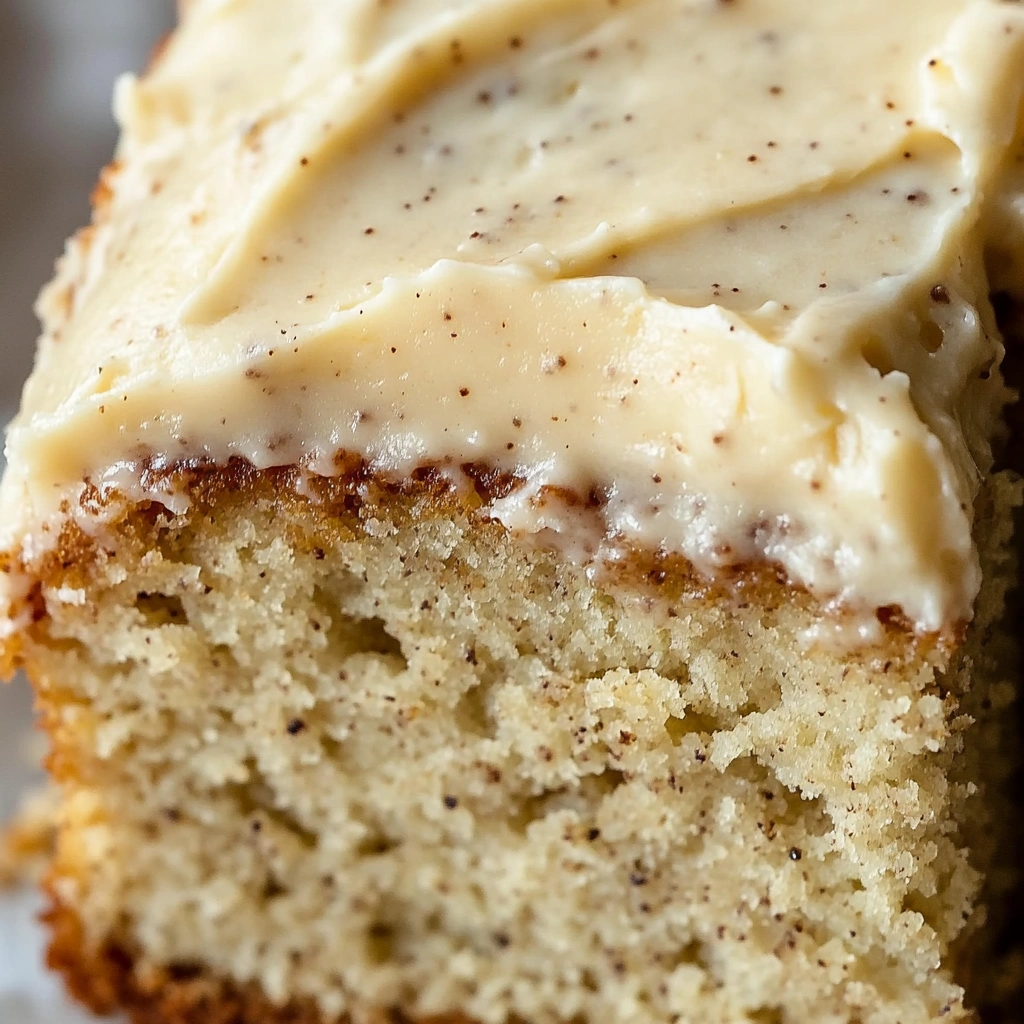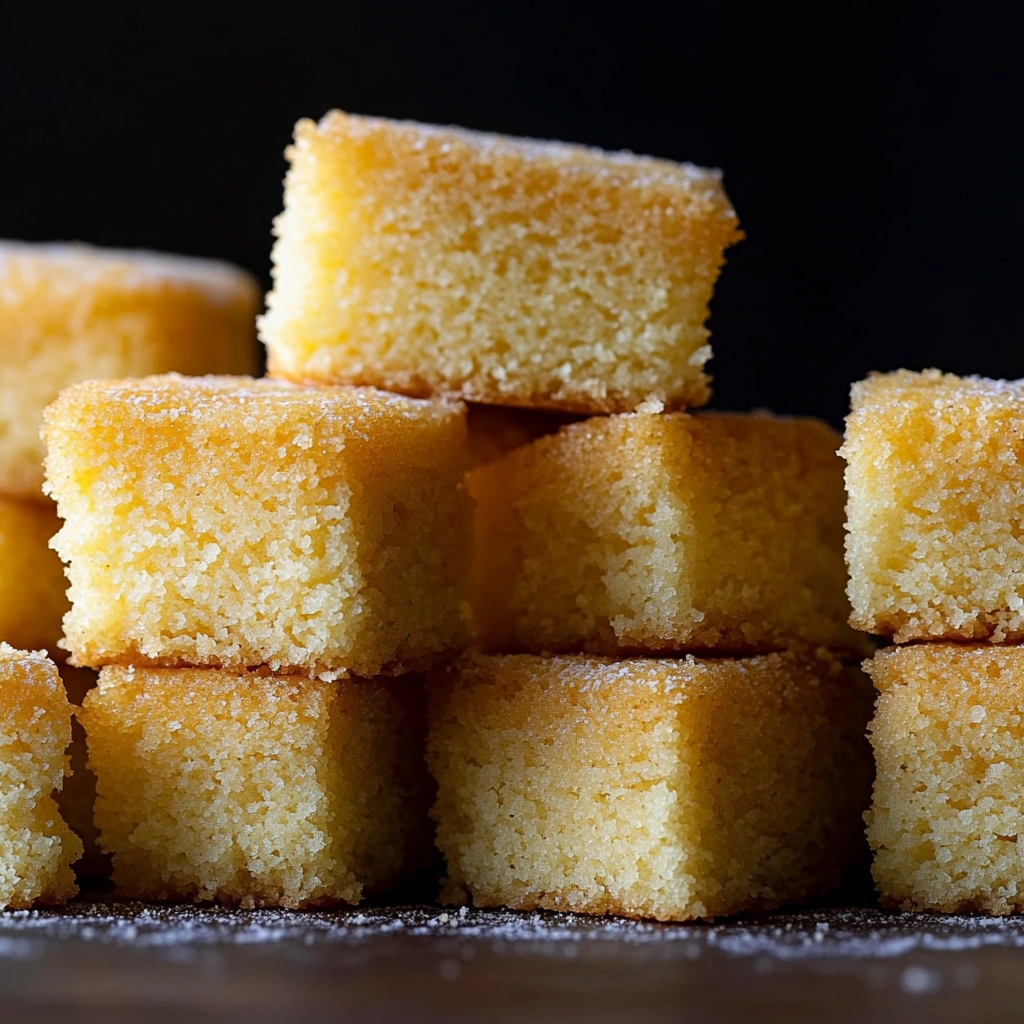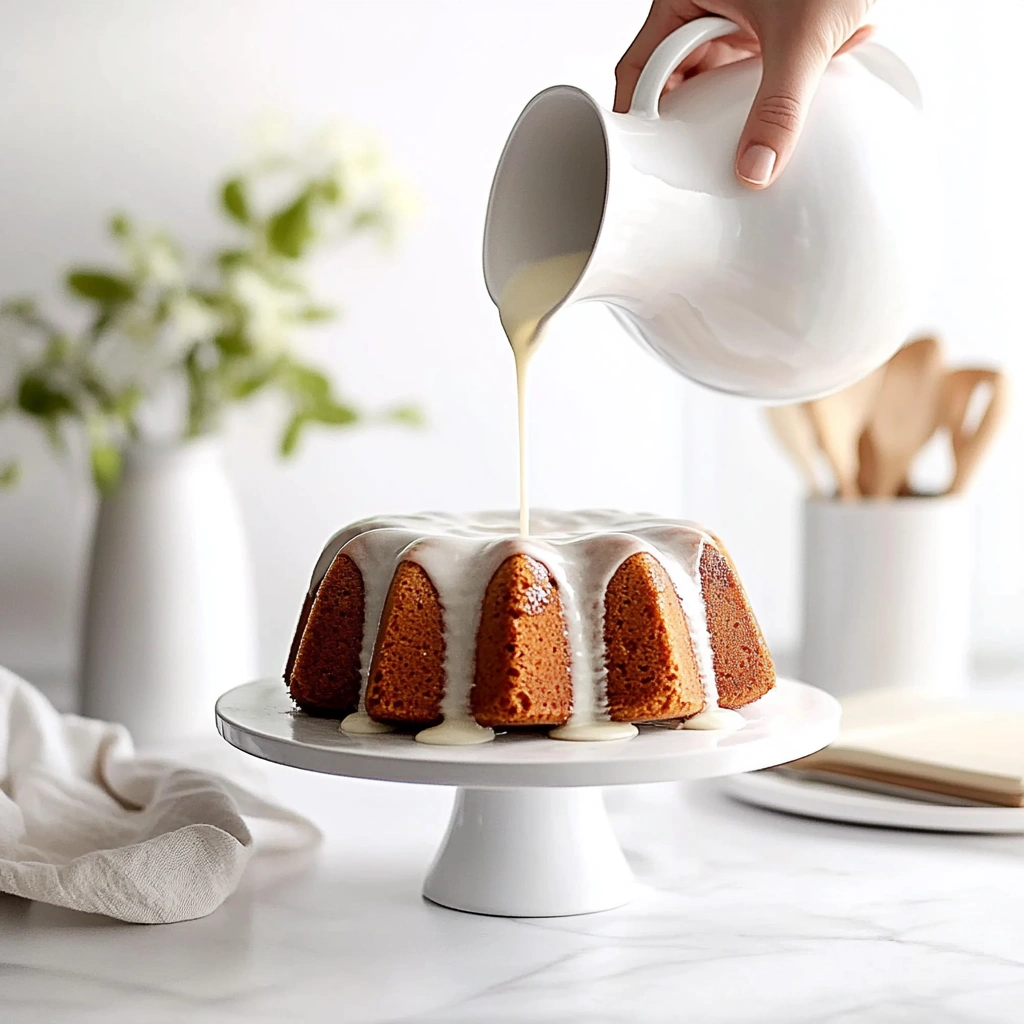So, you’re baking a cake, and you’ve got a recipe that calls for buttermilk, but, uh-oh! You don’t have any on hand. You glance around your kitchen, and then it hits you—kefir! You’ve got a bottle of it chilling in your fridge. But the big question is, “Can I use kefir instead of buttermilk in cake?” The answer is a resounding yes! Kefir is an excellent substitute for buttermilk and will give your cake the same tangy flavor and tender crumb you’re looking for.
The short answer is, yes, you totally can! But before you grab that bottle and pour it in, let’s take a deeper look at the differences between kefir and buttermilk, how to make the swap, and what you can expect in terms of taste and texture. This blog post will break it all down in a way that’s easy to follow, with tons of tips and tricks that’ll help you get the best results for your cake.
For a delicious example of how to use kefir in baking, check out this Kefir Sheet Cake Recipe!
What’s the Deal with Kefir and Buttermilk?
Alright, let’s start with the basics. Kefir and buttermilk are both cultured dairy products, meaning they’re fermented using specific bacteria and yeast to create a tangy, slightly sour taste. But there are some key differences between the two that could affect your cake’s outcome.
Buttermilk: Traditionally, buttermilk was the liquid left over after churning butter from cream. Nowadays, most buttermilk is cultured, meaning it’s made by adding bacteria to milk. It’s thick, tangy, and has a lower fat content than whole milk. The acidity in buttermilk helps to activate baking soda in recipes, giving your cake that soft, airy texture.
Kefir: Kefir, on the other hand, is a fermented drink made by adding kefir grains to milk. It’s a little more intense than buttermilk in terms of flavor and texture. While buttermilk is usually just a bit tangy, kefir has a more pronounced sourness and a slight effervescence (thanks to the yeast in it). It’s also thinner than buttermilk, almost like a drinkable yogurt. Kefir is packed with probiotics, so it’s a bit of a health booster too!

So, Can You Use Kefir Instead of Buttermilk?
Yes, you can absolutely use kefir in place of buttermilk when baking cakes. But, because kefir is a bit thinner and more tangy than buttermilk, there are a few things you’ll want to keep in mind to make sure your cake comes out just right.
- Texture Considerations: Since kefir is thinner than buttermilk, it might change the texture of your cake a little. But don’t worry! If you’re using kefir as a substitute, you might want to reduce the amount of other liquid in your recipe. You can do this by cutting back a bit on the milk or water that the recipe calls for (just a little!) to balance out the liquid consistency. This will help prevent the cake from being too runny or dense.
- Flavor Impact: Kefir is tangier and a bit more potent than buttermilk. This means your cake will have a slightly stronger sour flavor. If you love that tang (I know I do!), then you’re in for a treat. But if you’re worried about it being too much, you can reduce the amount of kefir by about 1/4 cup and make up for it with a little extra sugar or vanilla to balance out the taste.
- Probiotic Kick: One of the cool things about using kefir is that it’s packed with probiotics. So, not only are you getting a delicious cake, but you’re also adding a bit of health goodness to it. Win-win!
How to Make the Swap: Kefir for Buttermilk in Cake
Here’s how you can make the swap and bake like a pro:
- 1:1 Swap: If your recipe calls for 1 cup of buttermilk, just swap it with 1 cup of kefir. It’s that simple! You don’t need to make any other changes to the recipe.
- Adjust the Liquid: As mentioned, kefir is thinner, so you might want to adjust the other liquids in the recipe. Reduce any other liquid (like water or milk) by about 1/4 cup to help keep the batter from being too runny.
- Taste Test: Kefir can be tangier, so take a taste of the batter. If it’s too sour for your liking, add a little extra sugar or vanilla to balance things out.
- Bake as Usual: Once you’ve made the swap, proceed with the recipe as directed. Your cake will come out fluffy, delicious, and slightly tangy!
Will Kefir Affect the Rise of My Cake?
Great question! The acidity of both buttermilk and kefir helps activate the baking soda or baking powder in your cake, which is what makes it rise. So yes, using kefir in place of buttermilk will still give you that soft, fluffy texture you’re looking for. It won’t mess up the rise, but keep an eye on your cake as it bakes to make sure it’s rising evenly.
If you’re worried, you can always add a pinch of baking powder to the recipe to give it an extra boost, but usually, kefir alone will do the trick.

Tips for Perfecting Your Kefir Cake
- Don’t overmix: Whether you’re using buttermilk or kefir, overmixing your cake batter can lead to a dense cake. Mix just until combined, and then stop! Trust me, your cake will thank you.
- Room temperature ingredients: Make sure your kefir (and any other cold ingredients) are at room temperature before mixing. This helps everything mix smoothly and creates an even texture.
- Add a little vanilla: If you find that the tanginess of kefir is a bit too much for your taste, a splash of vanilla extract can really smooth out the flavor.
- Check the consistency: If your batter seems too runny after adding kefir, just add a bit more flour. It’s easier to add a little at a time than to fix a cake that’s too thick!
What Cakes Can You Make with Kefir?
Now that we know kefir is a great replacement for buttermilk, let’s talk about the types of cakes that are perfect for this swap:
- Vanilla Cake: A classic vanilla cake with kefir will come out light, airy, and slightly tangy—yum!
- Chocolate Cake: The richness of chocolate cake pairs wonderfully with the tangy kick from kefir. If you want a deeper flavor, kefir’s acidity will actually complement the chocolate taste.
- Carrot Cake: The moisture from kefir helps keep carrot cake tender, and that tangy flavor pairs perfectly with the warm spices in the cake.
- Lemon Cake: Lemon and kefir go hand in hand. The slight sourness of kefir pairs perfectly with the citrusy tang of lemon, creating a cake that’s super refreshing.
Why Bakers Love Kefir as a Buttermilk Substitute
Bakers everywhere are raving about using kefir in place of buttermilk, and it’s not just because it’s convenient. Kefir’s tangy flavor and creamy texture bring a unique twist to cakes. It’s particularly great for recipes where buttermilk plays a starring role in the taste—think red velvet cake, pound cake, or even southern-style cornbread. The versatility of kefir makes it a go-to ingredient for those who want to experiment in the kitchen while still sticking to tried-and-true recipes.
Another reason kefir is a favorite swap? It’s readily available. If you’re someone who always keeps a bottle of kefir in the fridge for smoothies or gut health, you’ll never have to worry about running out to buy buttermilk at the last minute.
The Science Behind Kefir and Buttermilk in Baking
Understanding the science of baking can make you a better baker, especially when you’re swapping ingredients. Kefir and buttermilk both have acidity, which is a key component in baked goods that use baking soda or baking powder. The acid reacts with these leavening agents, creating carbon dioxide bubbles that help the cake rise. Without this reaction, your cake could end up flat or dense.
What makes kefir unique is that it often has a higher level of acidity than buttermilk. While this can make your cake slightly tangier, it also boosts the chemical reaction with the leavening agent, which might give you an even fluffier cake. If you’re into experimenting, this could be a fun way to see how kefir affects your favorite recipes compared to traditional buttermilk.
Kefir: A Handy Swap for Vegan or Non-Dairy Cakes
If you’re working with vegan or non-dairy recipes, you might not think kefir can be an option. But surprise—it can! Non-dairy kefir made from almond, soy, or coconut milk has the same tanginess and liquid consistency as dairy-based kefir. This makes it an ideal substitute for buttermilk in vegan cakes. The key is to pick a non-dairy kefir that matches the flavor profile of your recipe. For example, coconut kefir works beautifully in tropical cakes like coconut or pineapple, while almond kefir pairs well with nutty flavors like almond or pecan cakes.
Storing and Using Kefir for Baking
If you’re planning to use kefir in your cakes regularly, proper storage is key. Keep it refrigerated and check the expiration date to keep it fresh. Kefir tends to separate over time, so make sure to shake the bottle well before pouring it into your batter. A little prep goes a long way in making sure your cakes turn out perfect every time.
And here’s a tip: If you’ve got leftover kefir nearing its expiration date, plan a baking day! Because kefir is naturally fermented, it lasts longer than regular milk or buttermilk, but using it sooner gives you the best flavor and results in your cakes.
Why Kefir and Cakes Are a Match Made in Heaven
Cakes are meant to be moist, tender, and flavorful—qualities that kefir highlights beautifully. Whether you’re making a simple snack cake or an elegant layer cake, kefir’s texture and tanginess can improve (oops, scratch that—improve!) your bake in ways you might not expect. The moisture it adds keeps every bite of your cake melt-in-your-mouth soft, while the tangy undertone balances the sweetness, adding depth to the flavor.
FAQs
Is kefir a good substitute for buttermilk in pancakes too?
Yep! Just like with cakes, kefir works great as a replacement for buttermilk in pancakes. You might notice a slightly different texture, but they’ll still be fluffy and delicious. Give it a try!
Can I use non-dairy kefir instead of buttermilk?
Absolutely! If you’re dairy-free, there are non-dairy versions of kefir available. Look for plant-based kefir (almond, coconut, or soy), and you can use it in place of buttermilk in your cakes, pancakes, or other baked goods.
Will kefir make my cake taste too sour?
Kefir is tangy, but it shouldn’t make your cake overly sour. If you’re worried, reduce the amount of kefir by about 1/4 cup and make up for it with a bit more sugar. You can also add a little vanilla extract to smooth things out.
How can I make sure my cake rises properly with kefir?
Kefir is just as effective as buttermilk when it comes to activating baking soda or baking powder. Just make sure you’re using the right amount of leavening agents in your recipe. If you’re using baking soda, the acid in the kefir will help it do its job, and your cake will rise beautifully.
Conclusion
So, can you use kefir instead of buttermilk in cake? Absolutely, and it’s a swap you’ll probably come back to again and again. Kefir’s tangy flavor, natural acidity, and creamy texture make it a fantastic alternative that works in all kinds of cakes—vanilla, chocolate, carrot, lemon, and more. Plus, it adds a unique twist that’s both delicious and nutrient-packed, thanks to those gut-friendly probiotics.
Whether you’re out of buttermilk or just curious to try something new, kefir can be your go-to ingredient. It’s simple to use, easy to find, and brings extra depth to your baked goods. So next time you’re in the mood to bake, grab that bottle of kefir and give it a whirl—you might just love the results!

